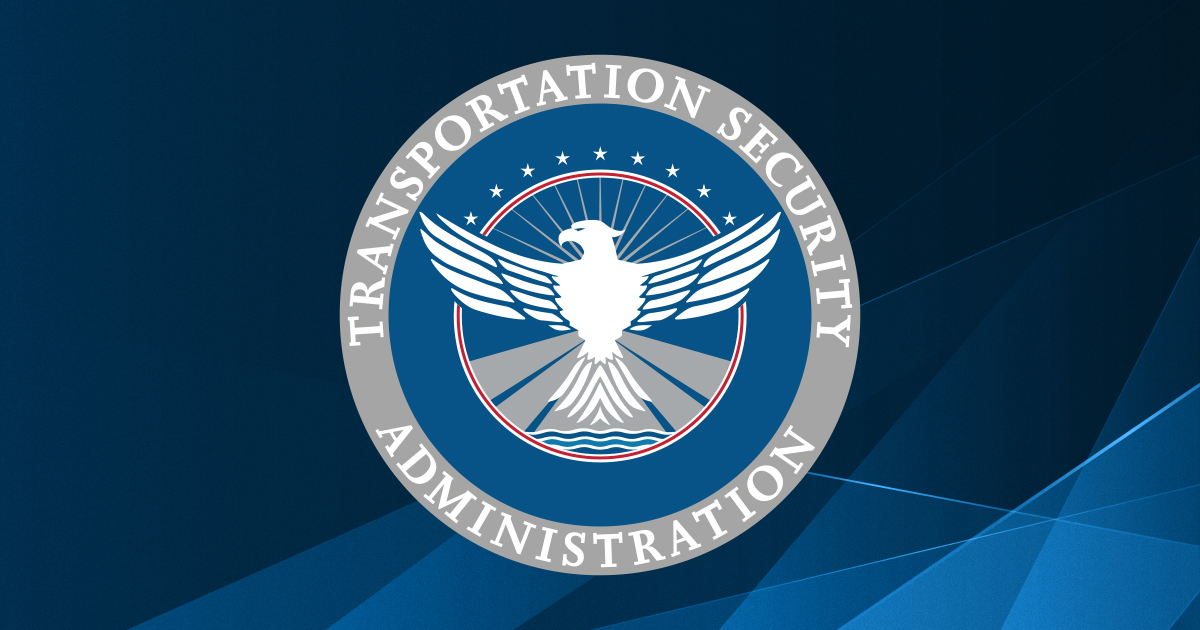From the USA horse's mouth (the FAA)
Spare (uninstalled) lithium ion and lithium metal batteries, including power banks and cell phone battery charging cases, must be carried in carry-on baggage only. Lithium metal (non-rechargeable) batteries are limited to 2 grams of lithium per battery. Lithium ion (rechargeable) batteries are...

www.tsa.gov
Lithium batteries with 100 watt hours or less in a device
Carry On Bags: Yes
Checked Bags: Yes (Special Instructions)
Spare (uninstalled) lithium ion and lithium metal batteries, including power banks and cell phone battery charging cases, must be carried in carry-on baggage only. Lithium metal (non-rechargeable) batteries are limited to 2 grams of lithium per battery. Lithium ion (rechargeable) batteries are limited to a rating of 100 watt hours (Wh) per battery. These limits allow for nearly all types of lithium batteries used by the average person in their electronic devices.
This instruction covers spare lithium metal and spare rechargeable lithium ion batteries for personal electronics such as cameras, cell phones, laptop computers, tablets, watches, calculators, etc. This instruction also includes external battery chargers (portable rechargers and power banks) containing a lithium ion battery. For more information, see the
FAA regulations on batteries.
For lithium batteries that are installed in a device (laptop, cell phone, camera, etc.), see
FAA regulations for "portable electronic devices, containing batteries".
Spare (uninstalled) lithium ion and lithium metal batteries, including power banks and cell phone battery charging cases, must be carried in carry-on baggage only.

www.tsa.gov
Lithium batteries with more than 100 watt hours
Carry On Bags: Yes (Special Instructions)
Checked Bags: No
Spare (uninstalled) lithium ion and lithium metal batteries, including power banks and cell phone battery charging cases, must be carried in carry-on baggage only.
With airline approval, passengers may also carry up to two spare larger lithium ion batteries (101–160 Wh) or lithium metal batteries (2-8 grams). This size covers the larger after-market extended-life laptop computer batteries and some larger batteries used in professional audio/visual equipment. There is a limit of two spare batteries per person for the larger lithium ion batteries described above (101–160 watt hours per battery. For more information, see the
FAA regulations on batteries.
This instruction covers spare lithium metal and spare rechargeable lithium ion batteries for personal electronics such as cameras, cell phones, laptop computers, tablets, watches, calculators, etc. This instruction also includes external battery chargers (portable rechargers and power banks) containing a lithium ion battery. For lithium batteries that are installed in a device (laptop, cell phone, camera, etc.), see
FAA regulations for "portable electronic devices, containing batteries."
US Department of Transportation

www.phmsa.dot.gov
Batteries
Traveling Restrictions based on Type of Battery
| Type Of Battery/Batteries | In Checked Baggage | In Carry-On Baggage |
|---|
| Lithium-Ion Battery, installed in a device (more than 100 but less than 160 watt-hours). Operator approval required.
Lithium-Ion Battery, installed in a device (more than 160 watt-hours). | Permitted
Forbidden | Permitted
Forbidden |
| Electronic smoking devices Lithium metal battery (up to 2 grams lithium), lithium ion battery (up to 100 Wh). Charging not permitted on the aircraft | Forbidden | Permitted |
| Lithium Metal Battery, installed in a device (up to 2 grams lithium) | Permitted | Permitted |
| Spare Lithium Metal Battery, not installed in a device (up to 2 grams lithium) | Forbidden | Permitted |
| Lithium Metal Battery, spare or installed (over 2 grams lithium) | Forbidden | Forbidden |
| Lithium-Ion Battery, installed in a device (up to 100 watt-hours ) | Permitted | Permitted |
| Spare Lithium-Ion Battery, not installed in a device (up to 100 watt-hours) | Forbidden | Permitted |
| Up to 2 Spare Lithium-Ion Batteries, not installed in a device (more than 100 but less than 160 watt-hours) Operator approval required. | Forbidden | Permitted |
| Lithium-Ion Battery, installed in a device (more than 100 but less than 160 watt-hours). Operator approval required. | Permitted | Permitted |

















